Málaga Street art can be seen in the Lagunas area of Malaga city in Andalucia
By Philip Crawford | Updated 29 Aug 2022 | Málaga | Places To Go |
Login to add to YOUR Favourites or Read Later
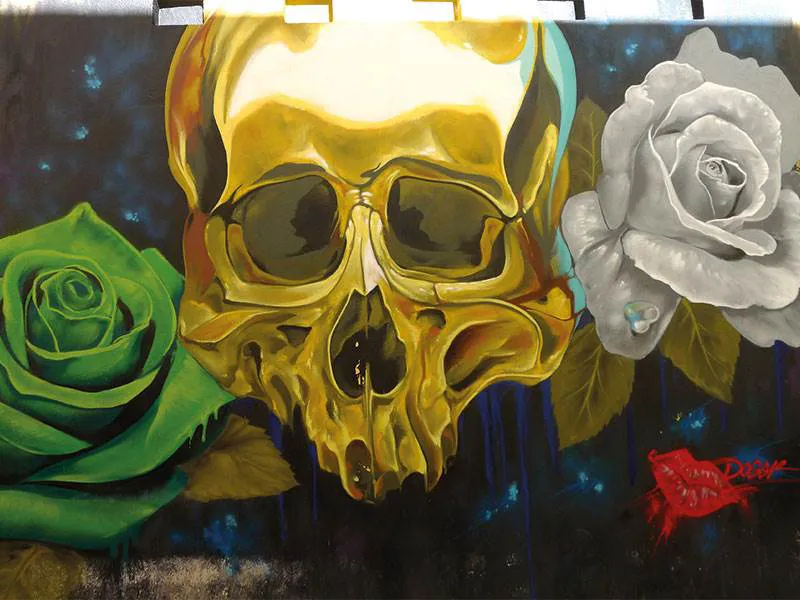
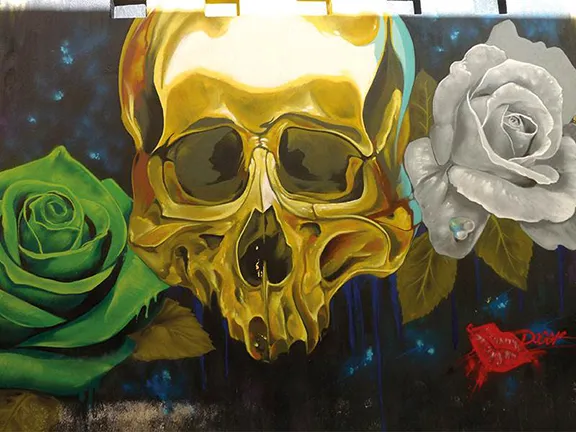
Street art has no simple definition. Developed from tagging and graffiti, a territory marker for urban gangs, it has a history of rebellious undertones. Moving on; as a means of communication, street art has been forthright in voicing anti-establishment and anti-capitalist views. Now going mainstream, street art is being sought by galleries, wealthy collectors and directors of museums: the very establishment about which it has so vehemently protested in the past. The first Street Art Museum opened in Berlin in 2017.
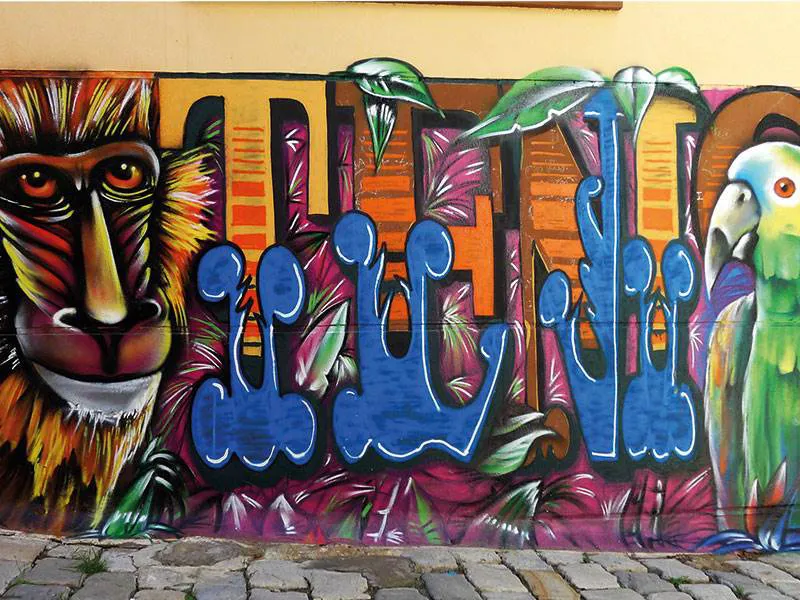
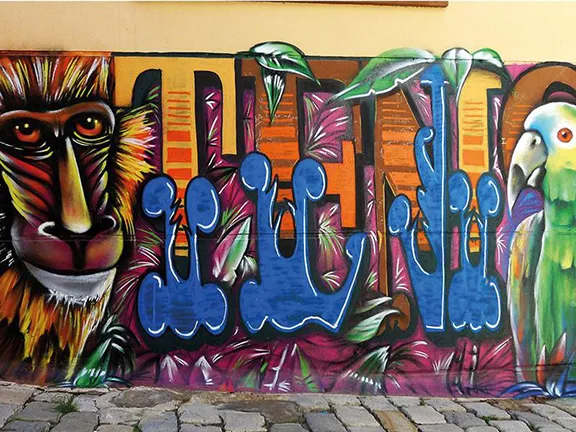
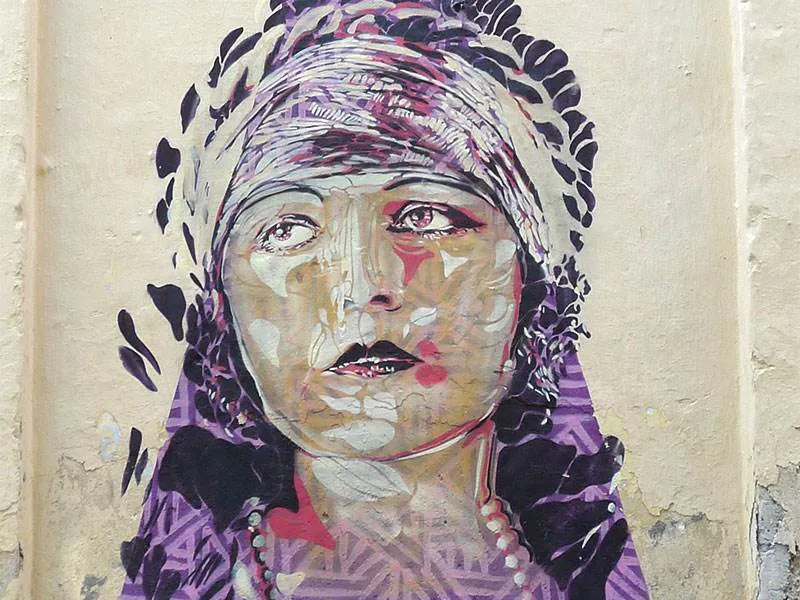
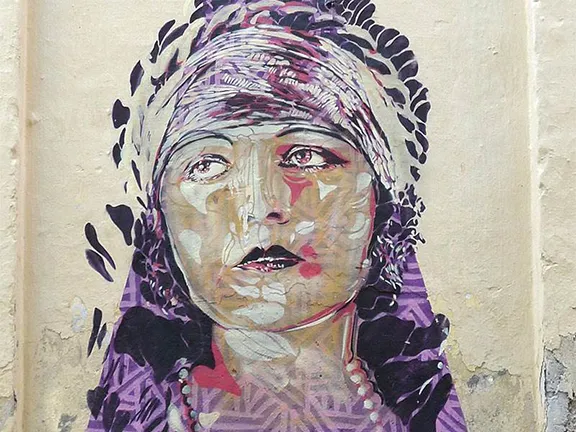
Between urban art, graffiti, and vandalism there is a fine dividing line, and that line is subject to a broad interpretation and often heated discussion. To many, graffiti conveys an image of something out-of-control: that the city has lost control of its public spaces. Fernando Francés, the Director of the Contemporary Art Centre in Málaga, describes urban art as 'everything that is generated in a public place', but distinguishes graffiti as 'art with only signatures or doodles and no artistic focus'. Vandalism he defines as 'anything which is done to someone else’s property.'
Put succinctly; graffiti claims urban space whereas street art responds to it.
Málaga is experiencing an urban revolution, positioning it on the international map as one of the European capitals of culture. The city now attracts over six million visitors each year with art and culture high on the agenda. Almost five per cent of the seven hundred million euro budget is dedicated to culture with a plethora of new museums and galleries running alongside historic monuments such as the Roman amphitheatre, the Alcazaba, the Cathedral, the Episcopal Palace, and the Gibralfaro Castle.
Whilst some of the finest art can be seen in the Picasso and Thyssen Museums, the Russian Collection in the old tobacco factory, the Centre Pompidou in the remodelled port area, the Contemporary Art Centre and the superbly renovated Museum of Málaga, out there on the street are some equally exceptional works. In the almost four-hundred square kilometres within the city boundaries, it is just a question of where to look.
The Lagunillas area of Málaga is located north-east of the historic centre between the hill of El Ejido and Gibralfaro and surrounds a main arterial street of the same name. The area began to take shape after the conquest of the city by the Catholic Kings and borders Cruz Verde, the Green Cross, where the Inquisition carried out its sentences of death by burning.
Lagunillas is the birthplace of Victoria Kent, the first woman in the world to practice as a lawyer before a military court, and the sculptor and painter Francisco Palma Burgos. The origin of the name is thought to be related to the extraction of clay in the hill of Ejido, used for the manufacture of bricks and tiles.
Lagunillas has a high degree of urban deterioration and social degradation. The impact of the troubled Spanish economy around 2008 made the area one in which the police rarely wanted to venture into, although this has vastly improved more recently, in part due to the inspiration of some of the best graphic artists who have focussed on the area with a stunning display of over one hundred wall paintings.
Many of the murals have 'social content' and are intended to convey the realities that the residents of Lagunillas face on a day-to-day basis, while others depict people who have lived or were born there. Aside from the crumbling buildings and walls, many of which used to be covered in 'tags' before they were over-painted, the residents in Lagunillas are still faced with high unemployment and few opportunities to improve their lives.
Unlike the commissioned street art and murals of the Soho district of Malaga, the Lagunillas artists have painted voluntarily and paid for their materials. Lagunillas has now become a magnet for street art, but before it becomes fashionable or gentrified or demolished by the regeneration work being progressed in the area, it is worthwhile enjoying these uncensored canvases just a stone's throw from the birthplace of Picasso.
Take a Tour of the Malaga Street Art